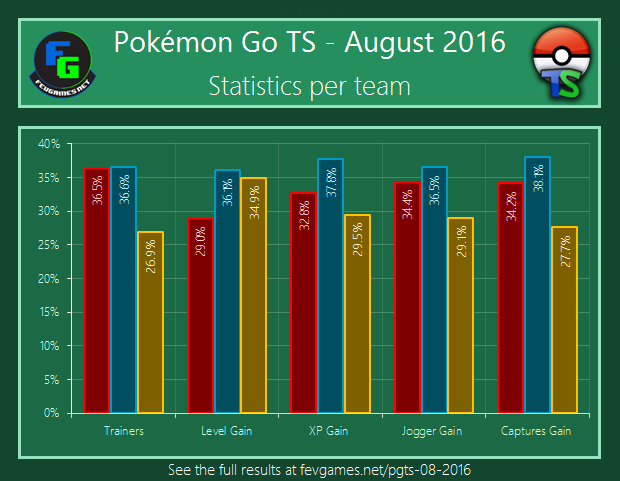
The Pokémon franchise has developed greatly in regards to how the game works in general. Many current shiny breeders will be playing a copy of Pokémon Gold/Silver ready to grab their Destiny Knots and Everstones so they can breed the best shiny possible. Little do they know what awaits them. A myriad of changes has come to the franchise since these games were released. This guide will serve to navigate the old yet new waters of shiny/breeding mechanics for generation 2’s games.
DVs
Many breeders are familiar with IVs (Individual Values.) It is a 0-31 number assigned to each stat to give Pokémon individuality. Well, IVs did not exist until generation three. In generation 2, there were instead DVs (Deter Values.) They work effectively the same way as IVs, except the numbers range from 0-15 instead. This will be important to know for anyone wanting to breed for shinies later on.
Mechanics Missing from Generation 2
Many mechanics that breeders rely on to make the process as easy as possible simply have not been added yet as of these games. Destiny Knot’s functionality is gone as well as Everstone’s since natures did not exist yet. Abilities also did not exist, so there are two layers of the breeding process that a breeder will no longer have to consider in Gold/Silver versions. Consequently there is no Flame Body Ability to make eggs hatch faster.
For shiny hunters, there is no Shiny Charm. The Masuda Method also does not work, although trading locally for a foreign Pokémon would be a major hassle even if it did. There is also no kind of DexNav/SOS chaining to rely on. If you are unfamiliar with any of these mechanics, do not worry as they do not exist in these older games!
Shiny Breeding
So with all of these helpful shiny-hunting mechanics gone, it may seem like hunting for shinies will be an incredibly difficult task. That is because there is no way to improve shiny odds in the wild. But many will find that breeding for shinies is more effective than one might think. In generation 2, shinies were actually calculated by DVs. What does this mean? If a parent is shiny, then the odds of their child being shiny are greatly increased. Shiny odds will increase from the base chance of 1/8192 to an insanely high rate of 1/64!
Luckily, all Gold/Silver players will encounter a certain shiny Gyarados at some point in the story. Catch it, and breeders will possess a wonderful breeding parent to get things started. Make sure that you catch a male or you will be struggling to get a shiny of a different species later on! But breeding for a shiny that can’t breed with Gyarados will be challenging.
Egg Groups
Once you obtain your male Shiny Gyarados from the Lake of Rage, you will be ready to breed for shinies. But how will you know if the shiny Pokémon that you want is breedable with Gyarados? You must know about egg groups for this. Here is a list of every Pokémon’s egg group (from Bulbapedia.) Note that Gyarados is in the egg groups Water 2 and Dragon. Any Pokémon in these two groups can be immediately bred with shiny Gyarados. If the shiny you want is not in these groups, things become tricky. You will have to chain shiny breed for the Pokémon that you want.
For example, let’s say that I want a shiny Totodile. Its egg groups are Monster and Water 1. While Gyarados will not work as a parent, maybe breeding for another shiny parent will work. Charmander is a part of the Dragon and Monster groups. Dragon makes it compatible with Gyarados, and Monster makes it compatible with Totodile. So use Gyarados to breed a shiny Charmander, and then Charmander with Totodile. This method is more time consuming, but will still be your best chance unless you happen to have a shiny Ditto. If only there was an easy way to get one…
Shiny Ditto Trick
One interesting fact about Ditto is that in the first generation, Ditto copied the DVs or the opposing Pokémon if it uses Transform twice in a row. Why is this useful? If set up properly , you can effectively make a Ditto shiny when you catch it. The catch is that you will need a second 3DS with a Virtual Console edition of Pokémon Red, Blue, or Yellow Version. A friend with a 3DS would be the easiest way to accomplish this, although owning two of them works just as well.
In generation 1, Gyarados learns Mimic through TM. If you transfer your Shiny Gyarados to a Generation 1 game and teach it Mimic, you can essentially get free shiny Dittos. But the setup is key to this strategy. Your Gyarados should know Mimic and all other moves should have 0 PP remaining. Go to where Ditto can be found, and start the battle. Immediately use Mimic to copy Ditto’s Transform. Ditto will now transform into Gyarados. Wait another turn and let Ditto use transform a second time. Once it has transformed twice, it is now effectively a shiny! Transfer it to your Gen 2 game and awe at the glistening blue Ditto. You now have a parent that can get you any shiny that you want (minus the obvious non-breedables such as Lugia and Mewtwo.) Since the Ditto is owned by a different trainer, eggs will hatch faster as well! Once you transfer your Gyarados back, it will retain its shiny majesty as well.
Conclusion
While there is no way to effectively farm shinies in the wild, breeding for them in Generation 2 is actually even more effective than the Masuda Method has ever been. Get your male Shiny Gyarados, and let it be an amazing breeding parent. If you have the resources, the Ditto strategy allows you to get an even better parent than shiny Gyarados. Keep these things in mind when wanting a shiny, and you will have an incredibly effective method for obtaining them.
Which shiny do you hope on hatching the most in Pokémon Gold/Silver?
Written by SirBoglor
Edited by Rabinov, Radiating, and Rainbow
Source: Daily.pokecommunity









